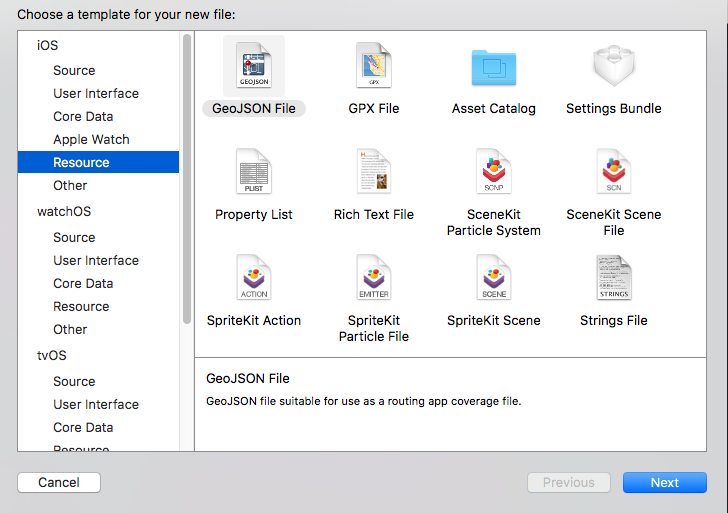Thanks for the great feedback, it has prompted me to find a robust solution.
All the code can be found here:
http://code.google.com/p/dlocation/
It is very messy but as I use it it will be become much better.
The solution was to subclass CLLocationManager and define a new delegate @protocol, called DLocationManagerDelegate.
It is designed to be a simple drop-in replacement for CLLocationManagerDelegate that compiles down to a very thin layer when deployed on an actual device.
When running on the device it will return data as normal using CoreLocation, but in the simulator it will read latitude and longitude from a text file (defined in the DLocationManager.h file).
I hope this helps, the implementation is on the simple side and you have to startUpdatingLocation and stopUpdatingLocation to update the display.
Comments and feedback will be gratefully received.

